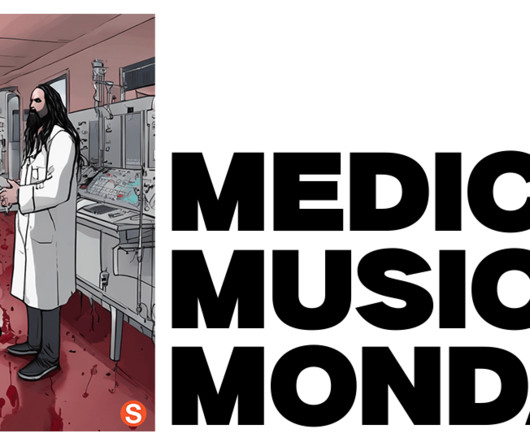Test characteristics of point-of-care ultrasonography in patients with acute kidney injury.
EM Ottawa
OCTOBER 7, 2024
Methodology: 2.5/5 Usefulness: 3.5/5d Gaudreau-Simard M, et al. Ultrasound J. 2024 Feb 22;16(1):15. doi: 10.1186/s13089-023-00352-3. Question and Methods: The authors aimed to determine the test characteristics of point-of-care ultrasonography (POCUS) for detecting hydronephrosis in acute kidney injury. Findings: From 65 patients, POCUS had a sensitivity of 85% (95% CI 71-94%), specificity of 78% (95% CI […] The post Test characteristics of point-of-care ultrasonography in patients with ac




















Let's personalize your content